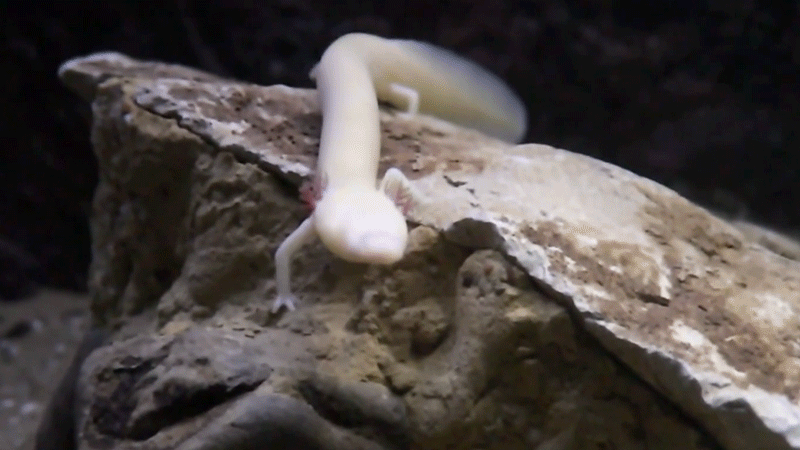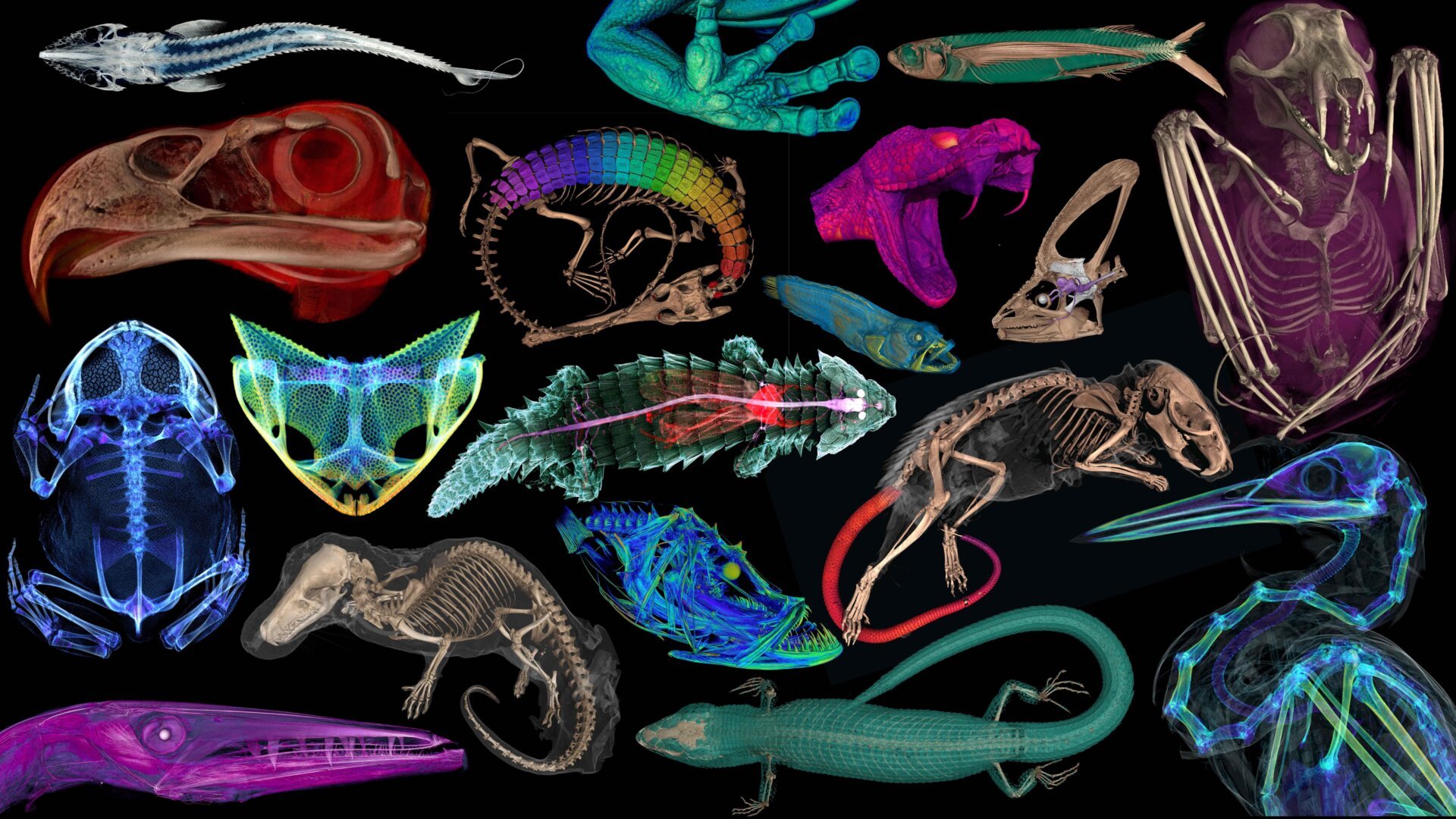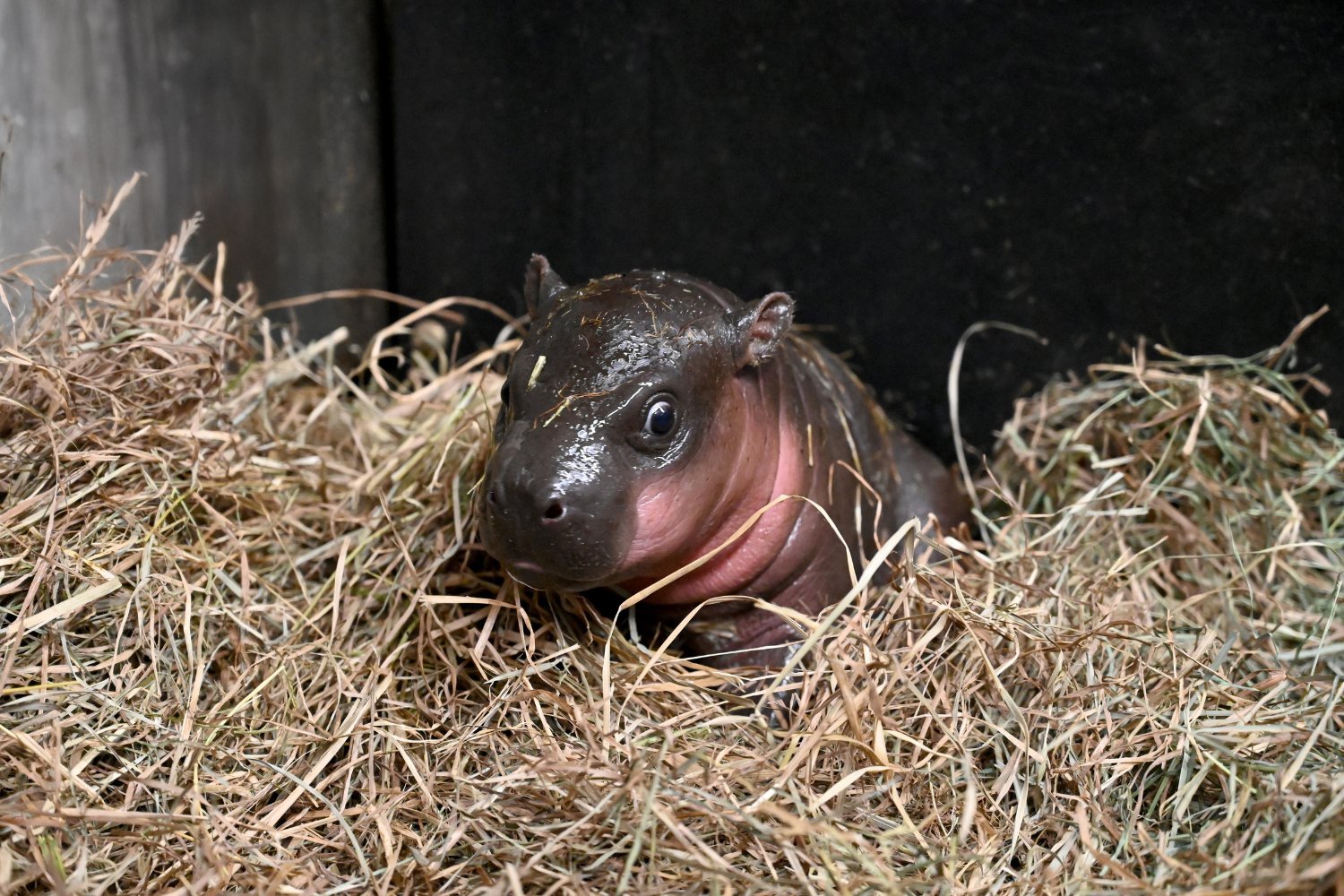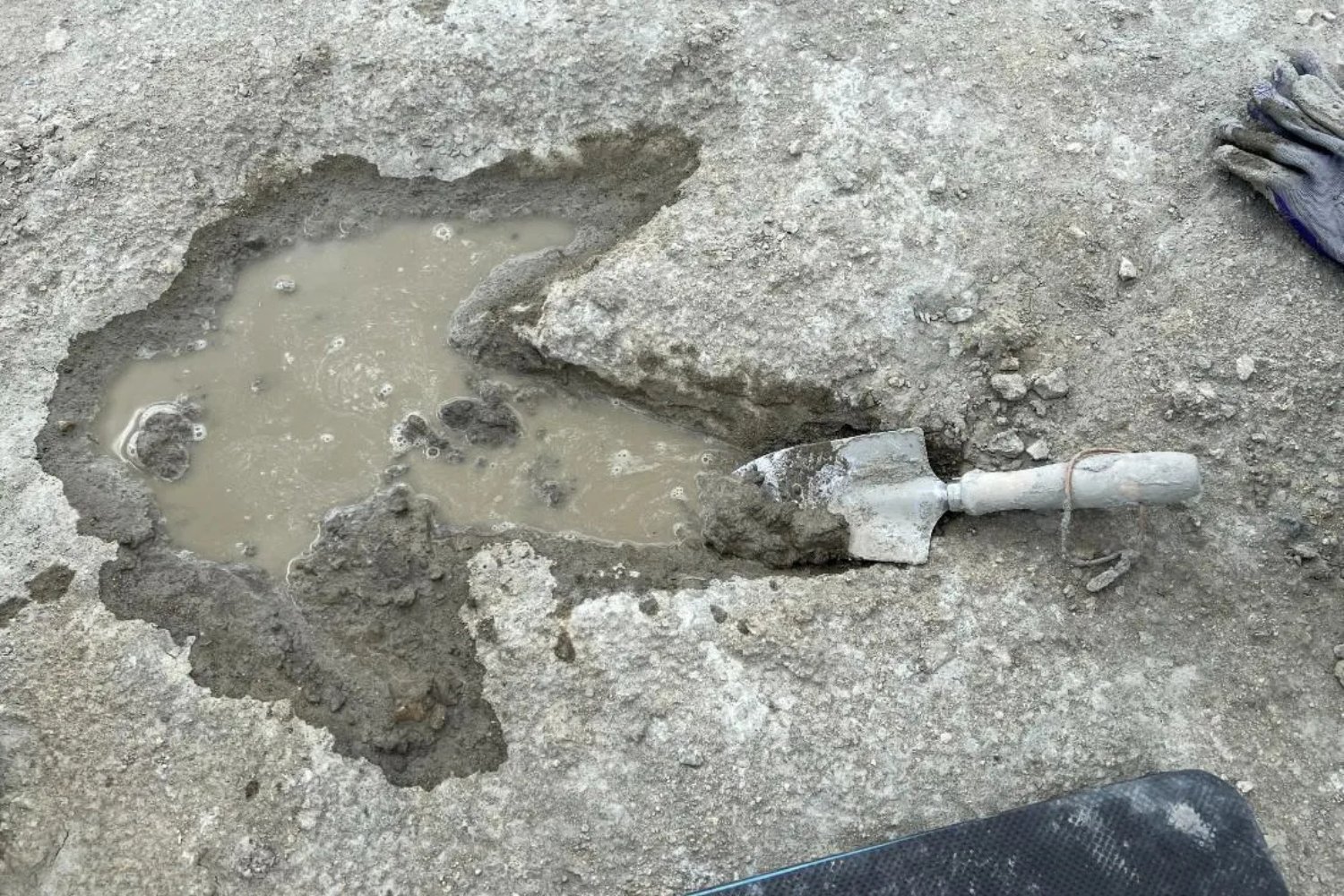Cave-dwelling animals often exhibit adaptations to their lightless world, such as pale skin and reduced eyesight. The olm ( Proteus anguinus), a serpentine cave salamander found in southeastern Europe, embodies these traits. However, recent research reveals a surprising behavior: these seemingly subterranean creatures occasionally venture to the surface.
The olm, also known as the proteus, inhabits cave systems in Italy, Slovenia, Croatia, and Bosnia and Herzegovina. Lacking pigment, these enigmatic amphibians can live for up to a century, sometimes remaining motionless for years. While olm larvae possess eyes, these become vestigial in adulthood. A 2022 study using CT scans revealed the olm’s unusual brain structure, a product of troglomorphism – the evolutionary process shaping cave dwellers’ unique characteristics.
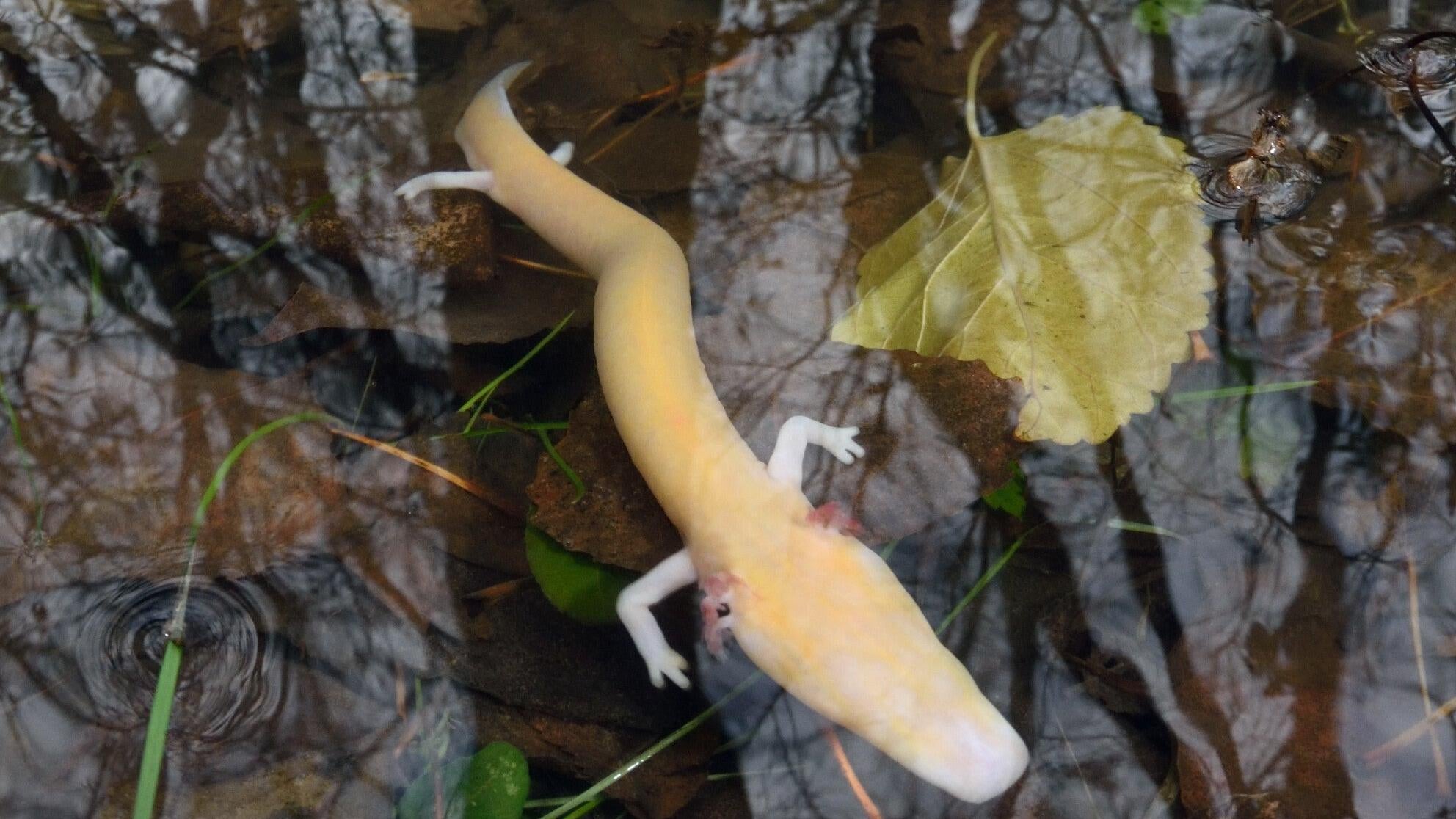 An adult olm in an aboveground spring during the day.An adult olm emerges from its subterranean habitat into a surface spring during daylight hours. Photo: Matteo Riccardo Di Nicola
An adult olm in an aboveground spring during the day.An adult olm emerges from its subterranean habitat into a surface spring during daylight hours. Photo: Matteo Riccardo Di Nicola
A recent study published in Ecology documented olm surface activity. Researchers observed 15 springs in eastern Italy, finding olms present 28% of the time during nighttime observations and 14% during daytime. One spring housed olms 64% of the observation period. Upon handling, five out of twelve olms regurgitated earthworms, specifically species inhabiting surface soils rather than cave environments.
 Close-up of an olm's head, showing its vestigial eyes and sensitive sensory organs.Close-up view of an olm’s head, highlighting its reduced eyes and specialized sensory adaptations for a subterranean existence. Photo: Matteo Riccardo Di Nicola
Close-up of an olm's head, showing its vestigial eyes and sensitive sensory organs.Close-up view of an olm’s head, highlighting its reduced eyes and specialized sensory adaptations for a subterranean existence. Photo: Matteo Riccardo Di Nicola
These surface excursions, though energetically costly for the slender olms, appear worthwhile. Some olms captured in surface waters were noticeably plump, suggesting successful foraging on surface-dwelling earthworms. The researchers also discovered an olm larva in a spring near Monfalcone, Italy, under conditions ruling out flooding as the cause. This finding hints at the possibility of olms breeding in surface springs, although underground breeding remains more likely due to the increased vulnerability of surface environments.
The discovery of olms venturing to the surface unveils a previously unknown aspect of their behavior. Further research may reveal additional surprises about these fascinating creatures, demonstrating that there’s much more to the olm than meets the eye – even in their blindness.
The olm’s unique adaptations and behaviors continue to intrigue scientists. From their remarkable longevity and motionlessness to their unexpected surface forays, these cave salamanders offer valuable insights into the evolutionary pressures shaping life in extreme environments. Further research promises to shed more light on the mysteries surrounding these enigmatic amphibians.



